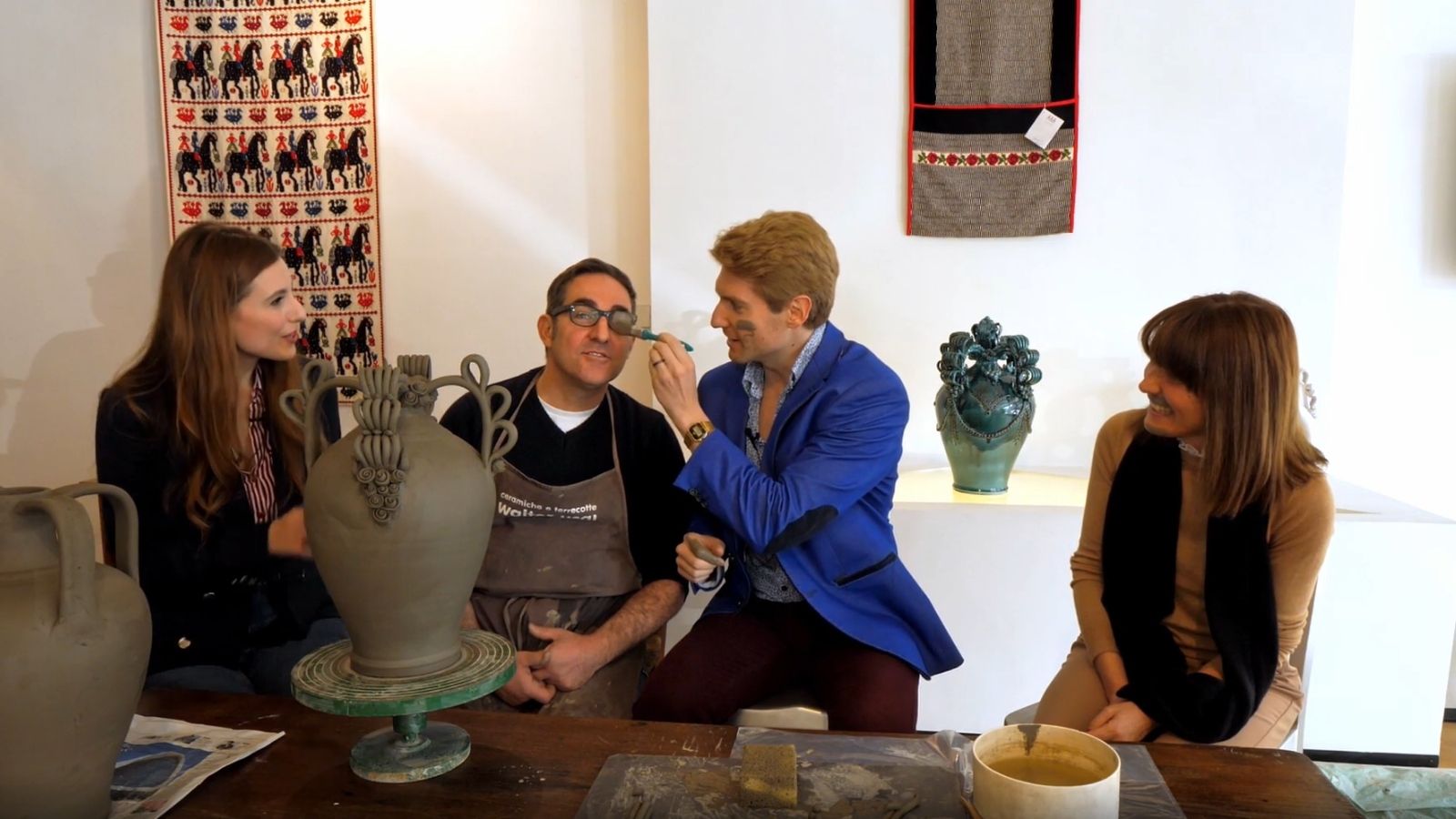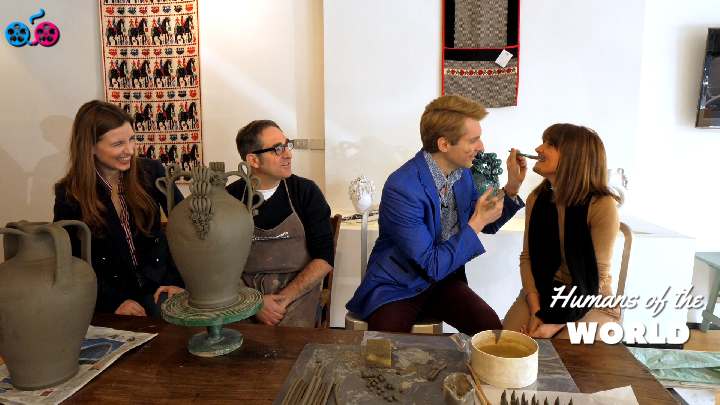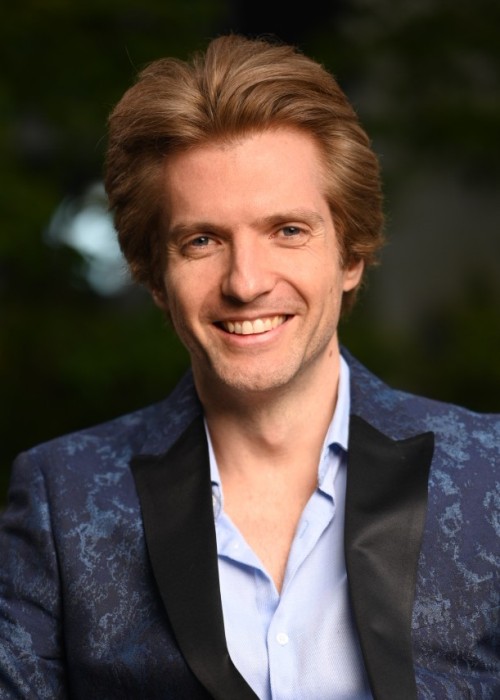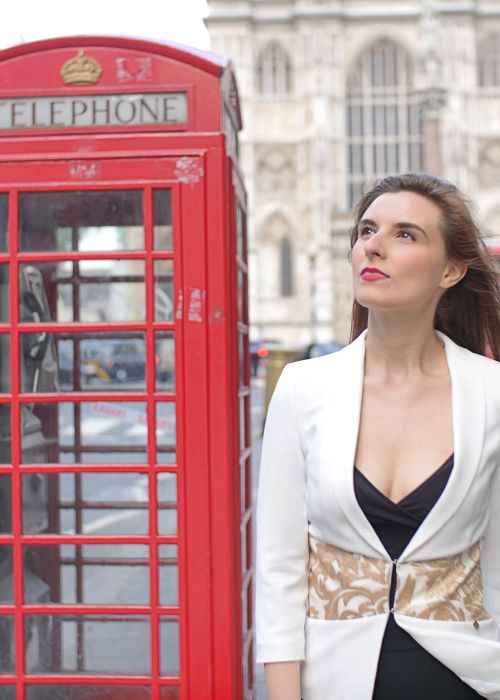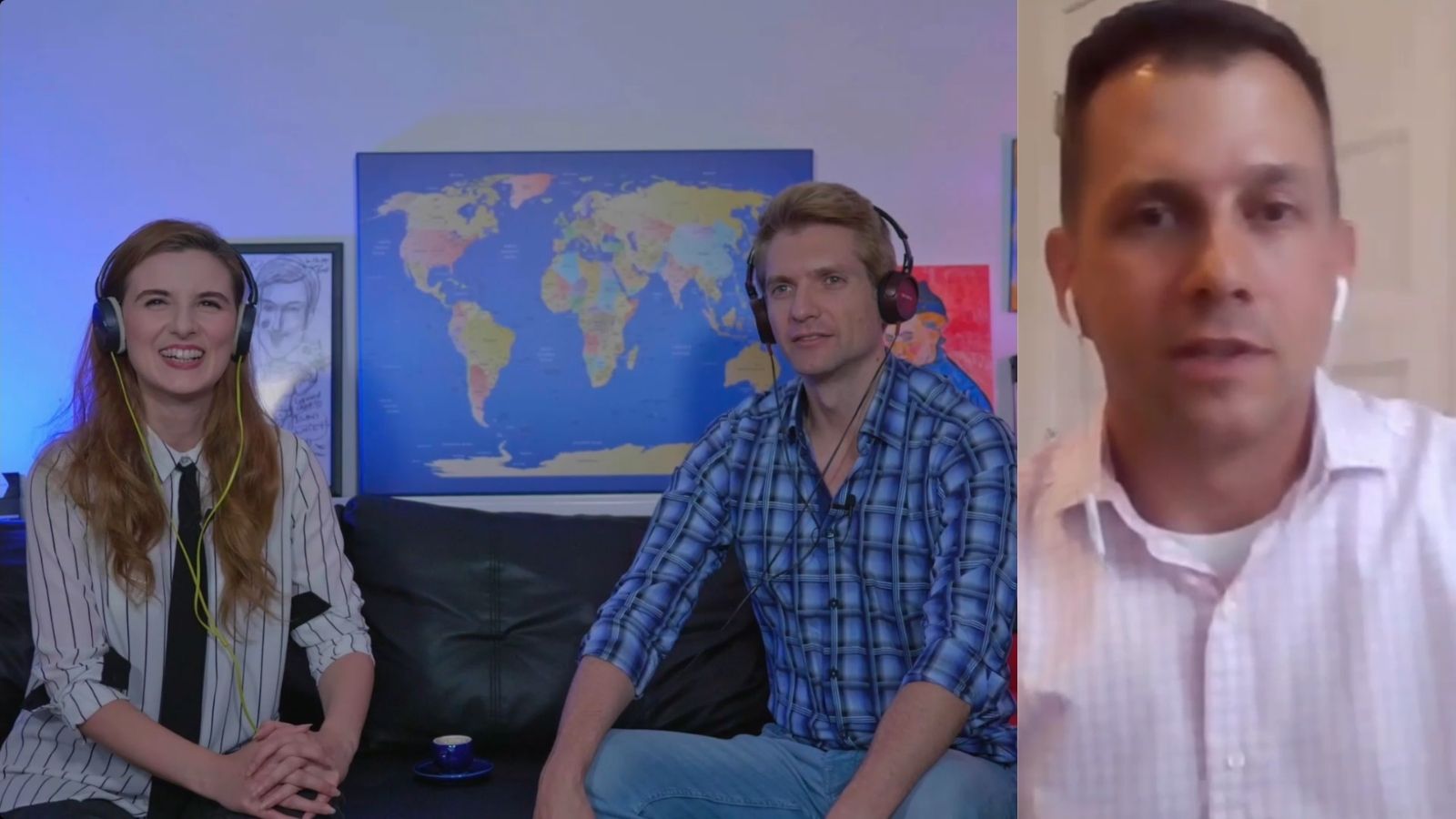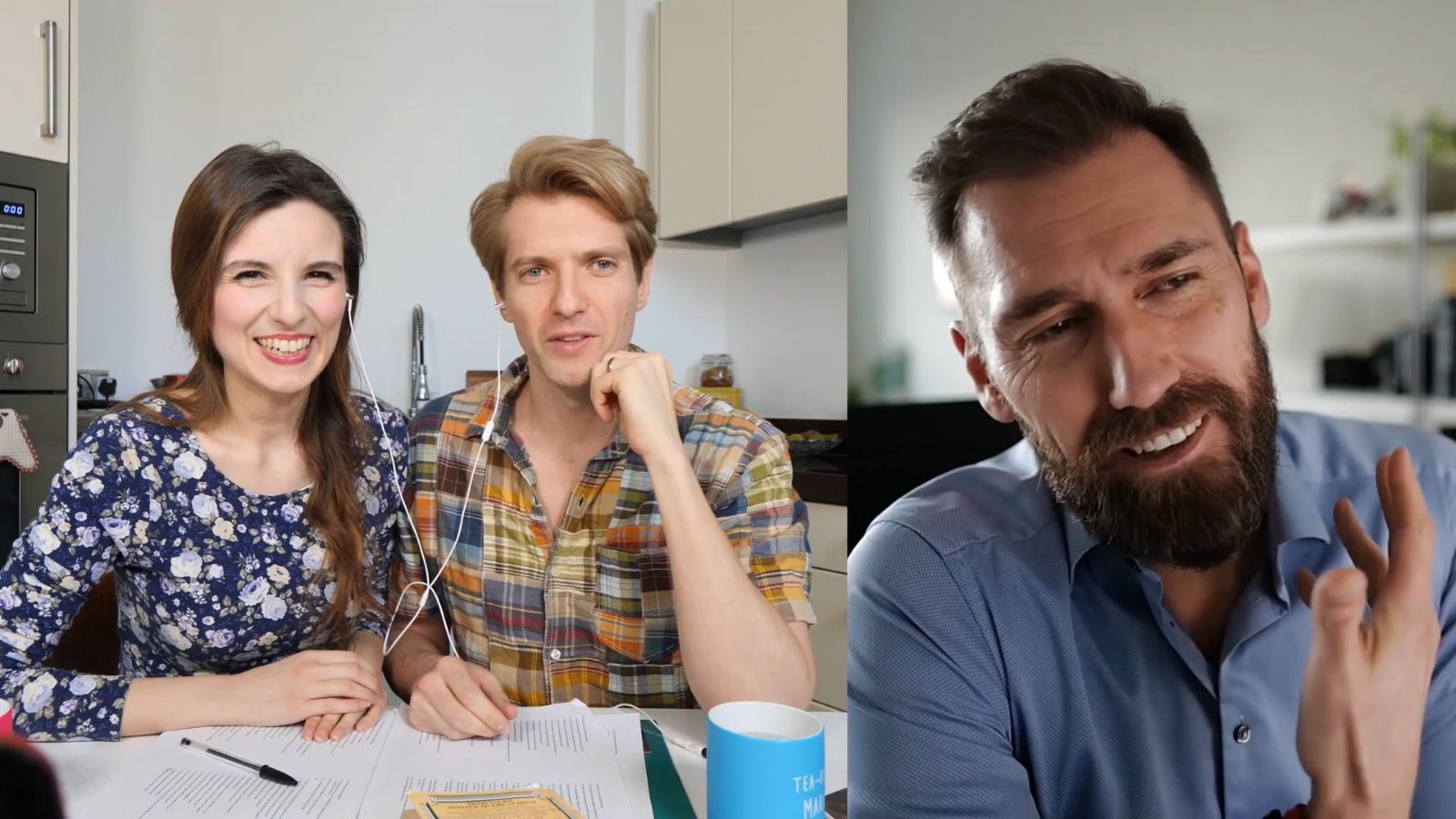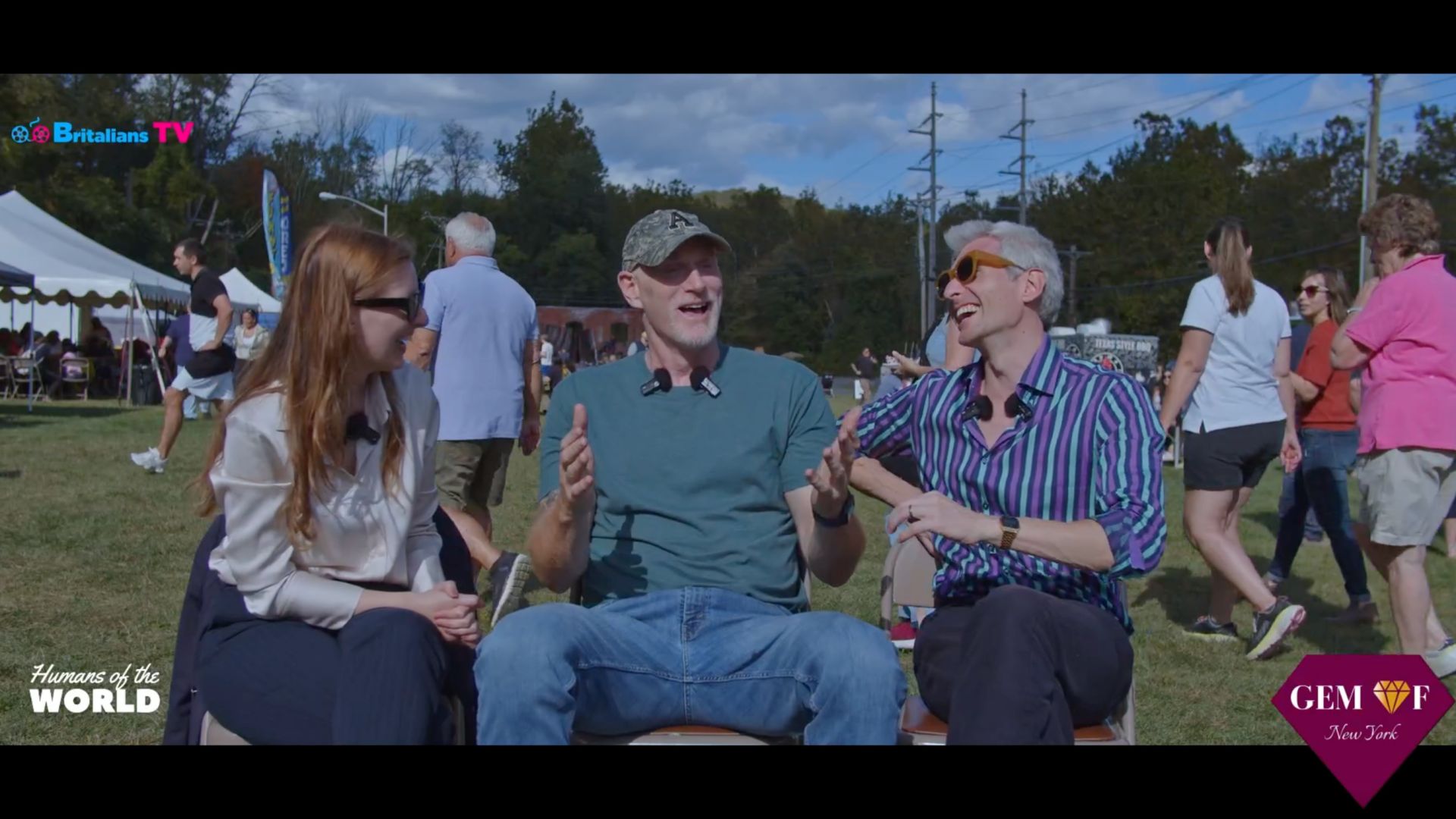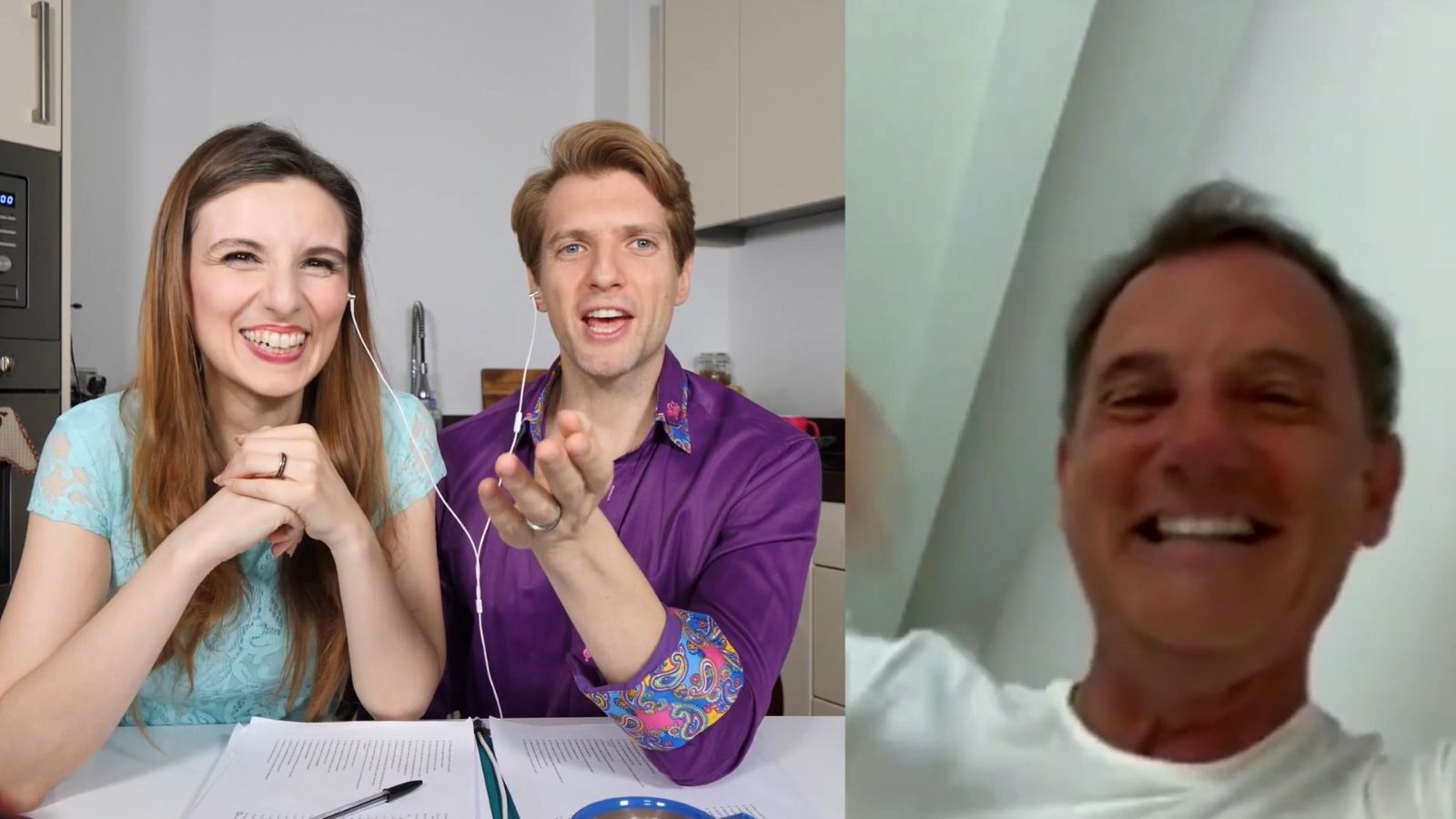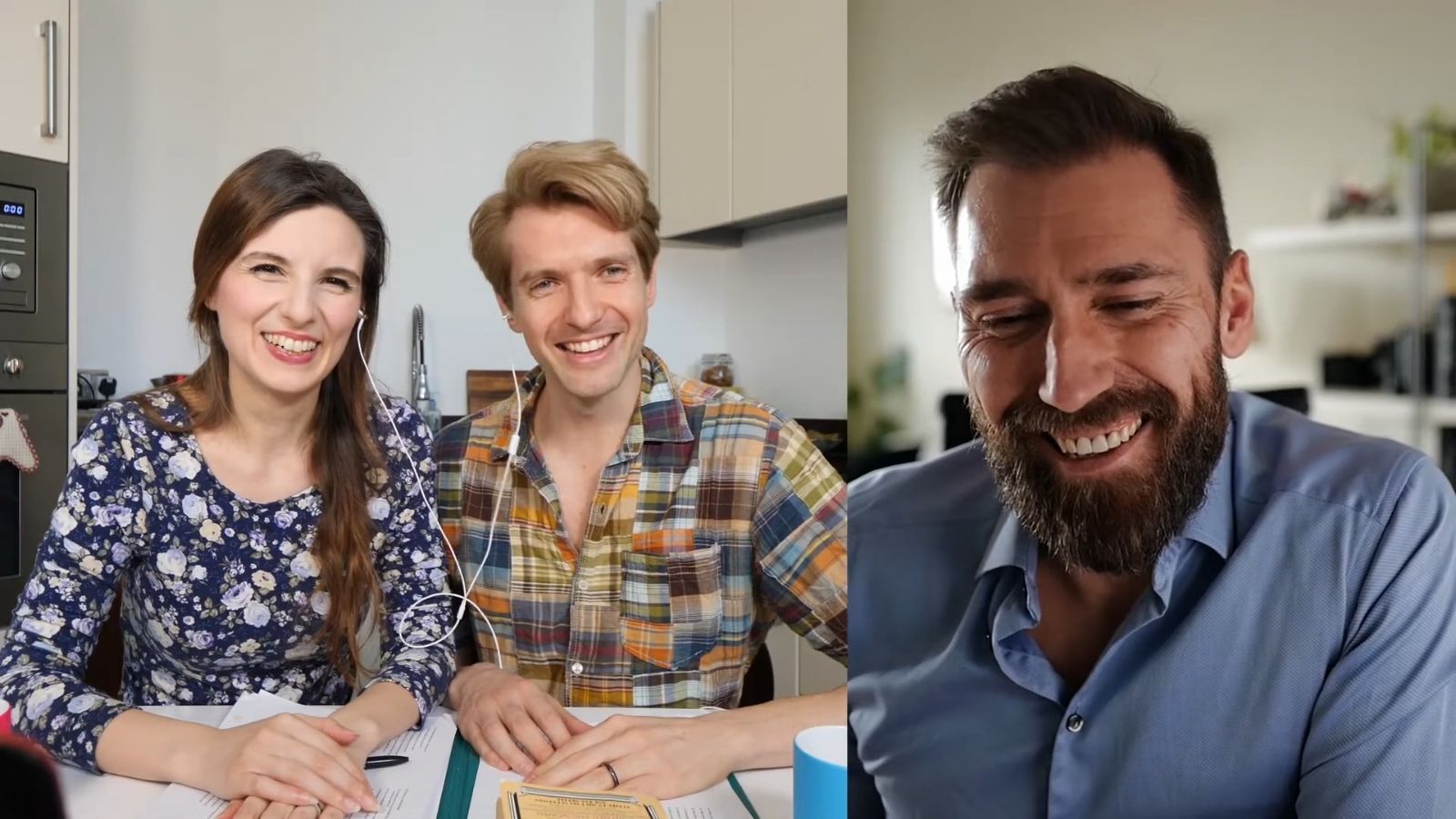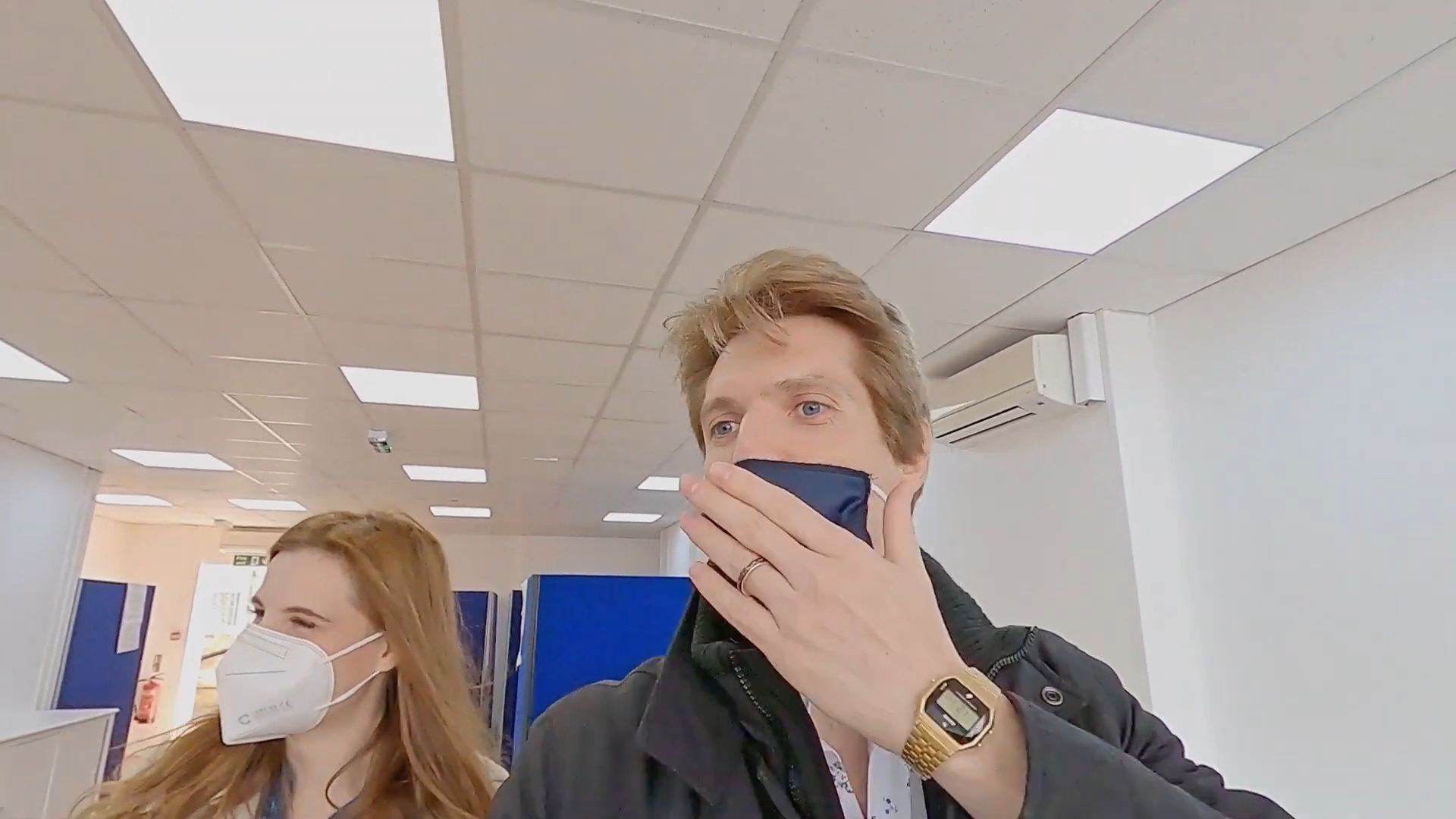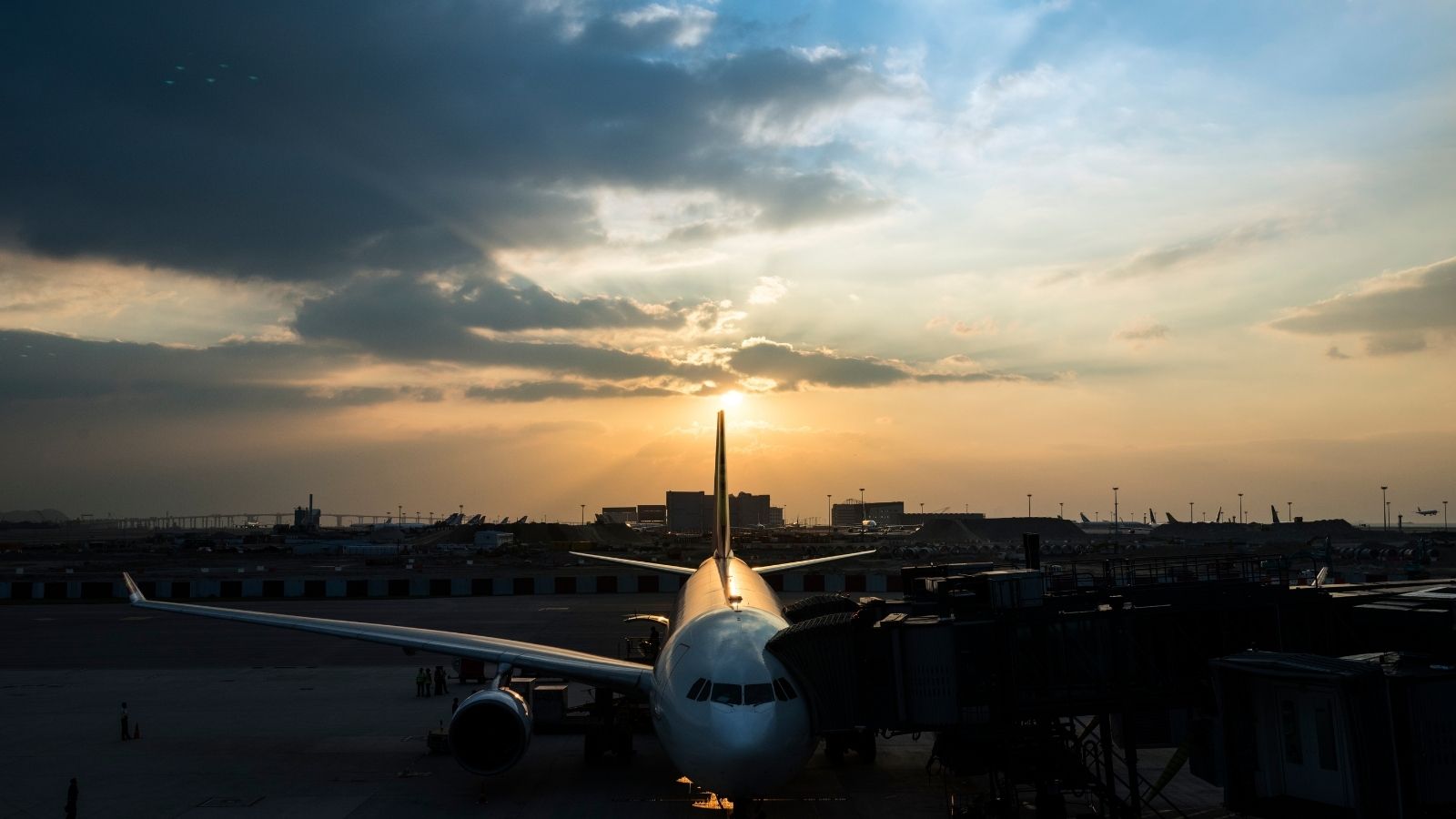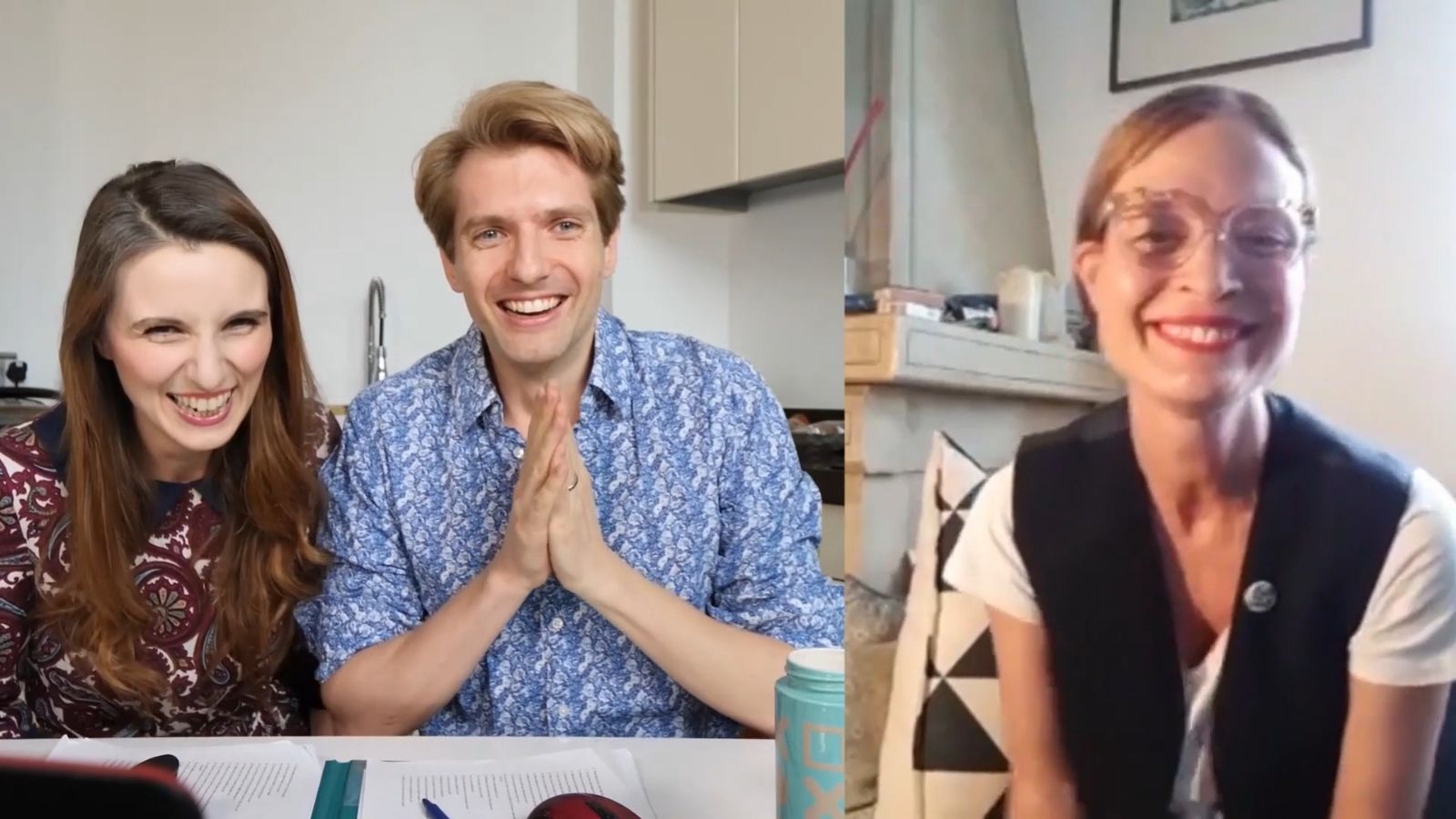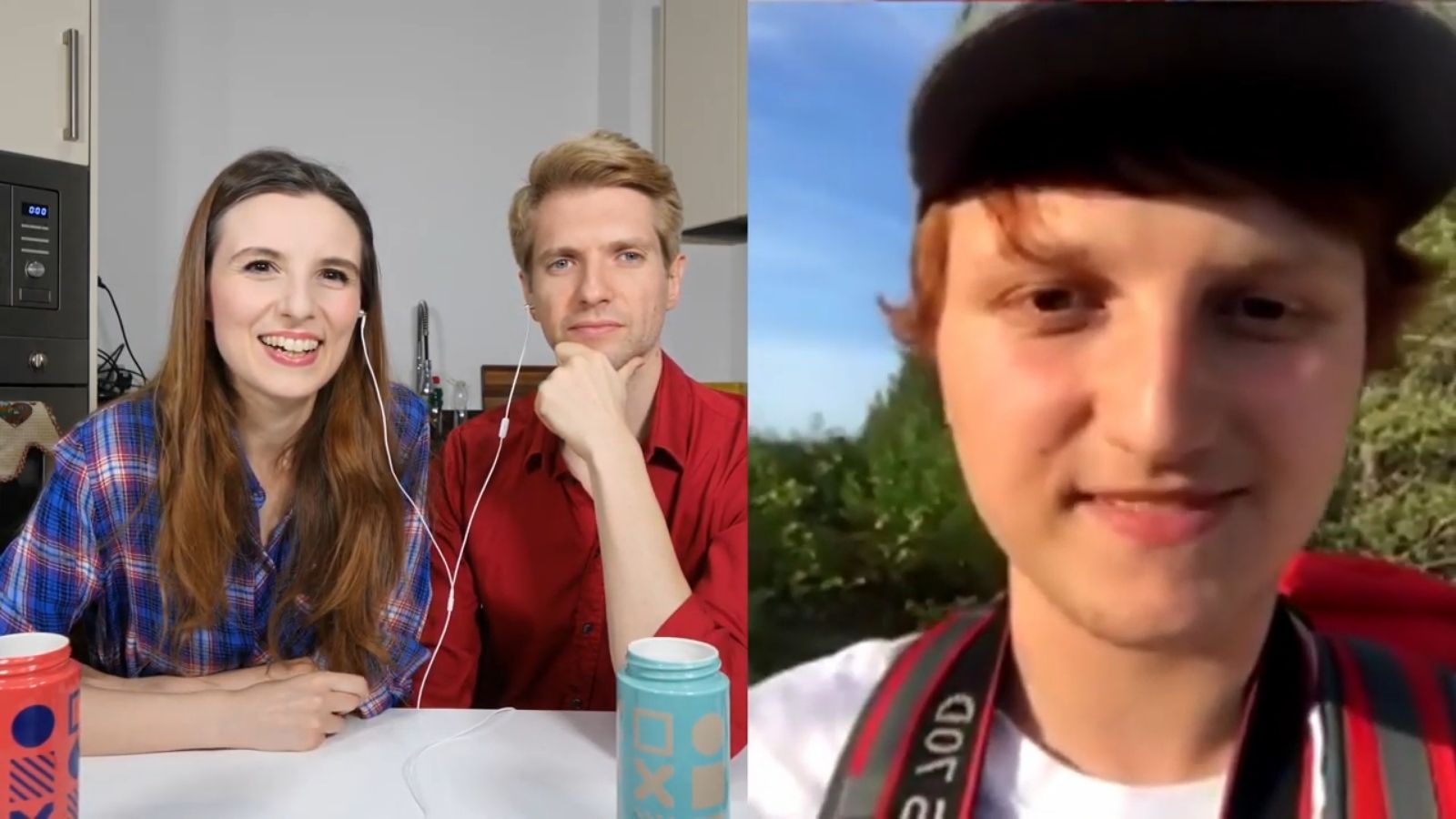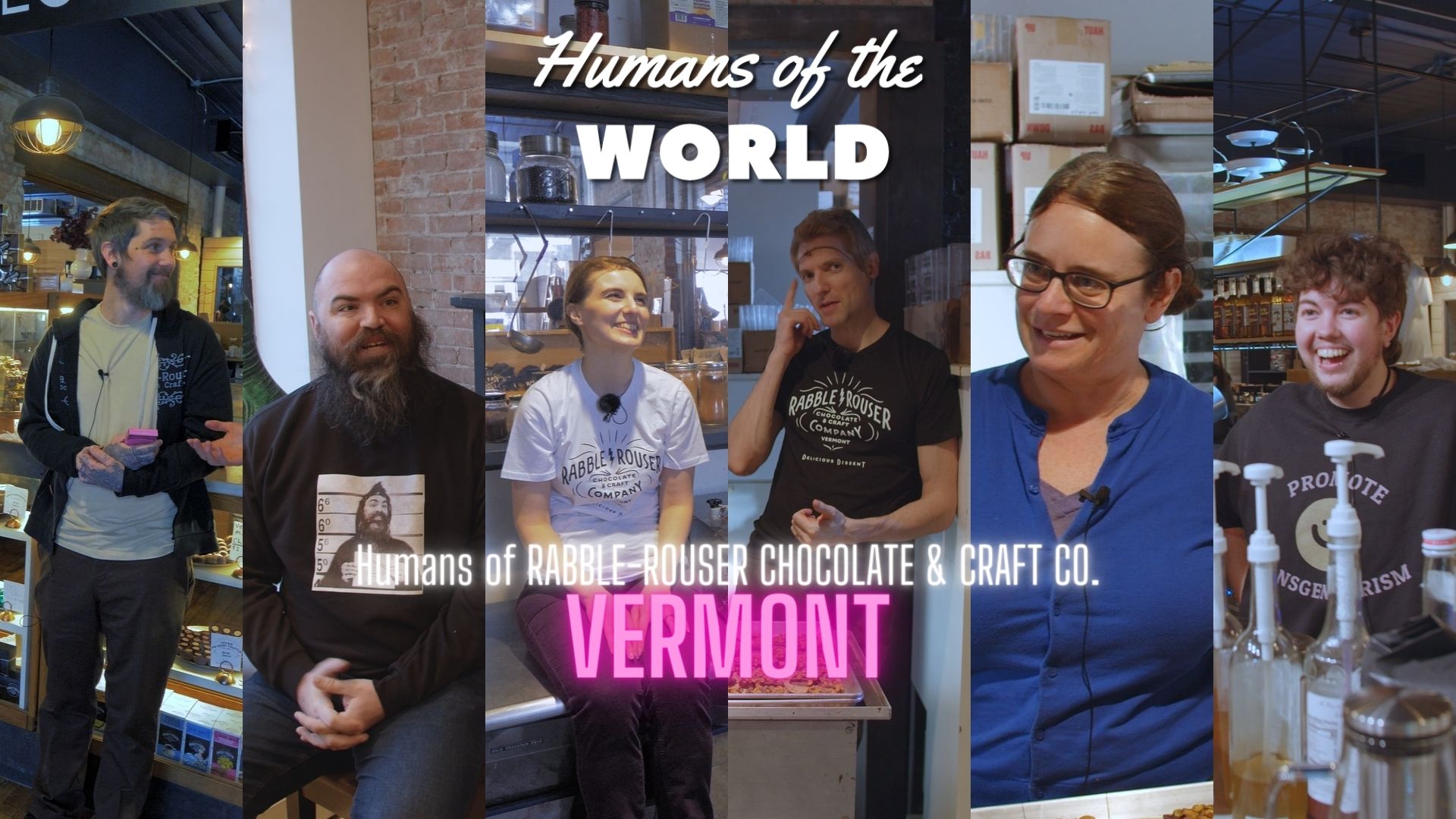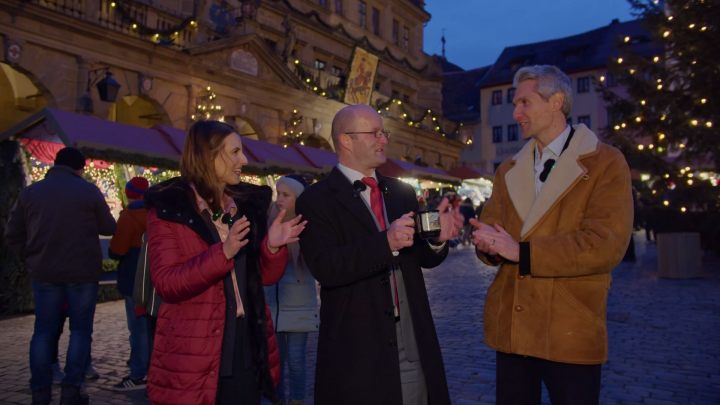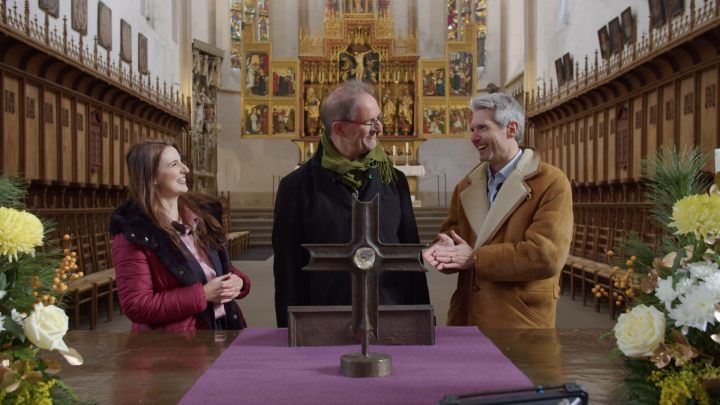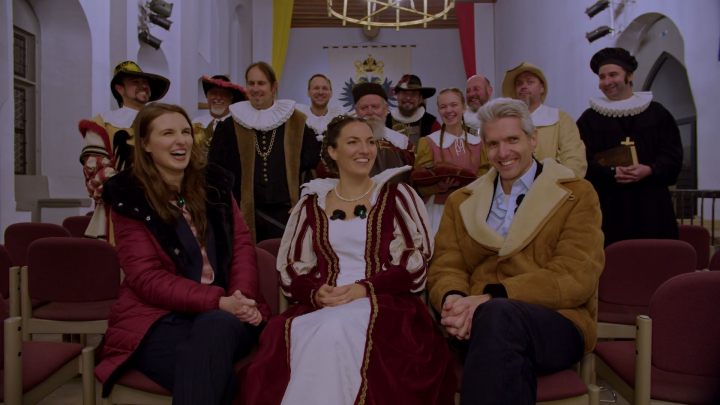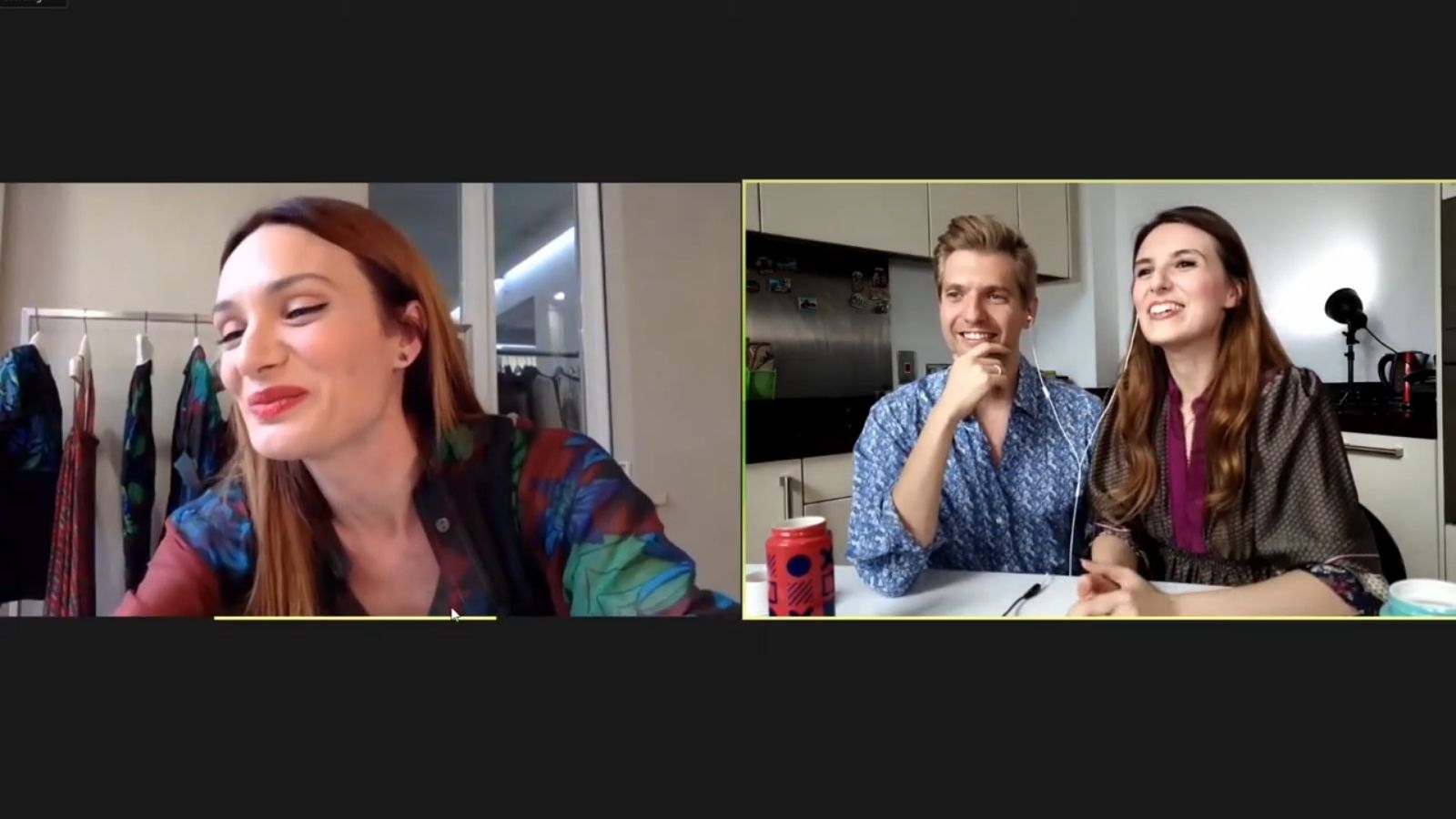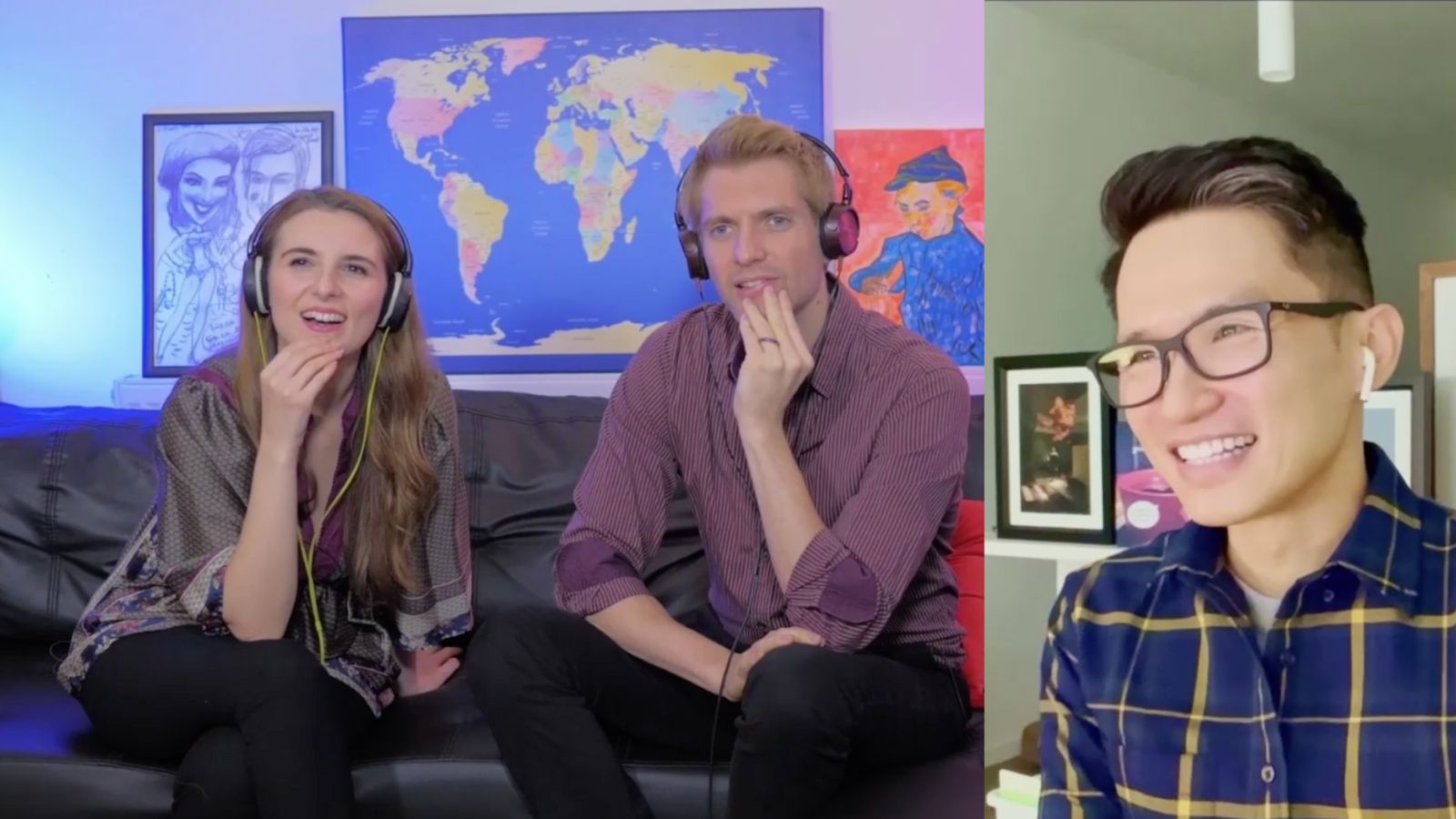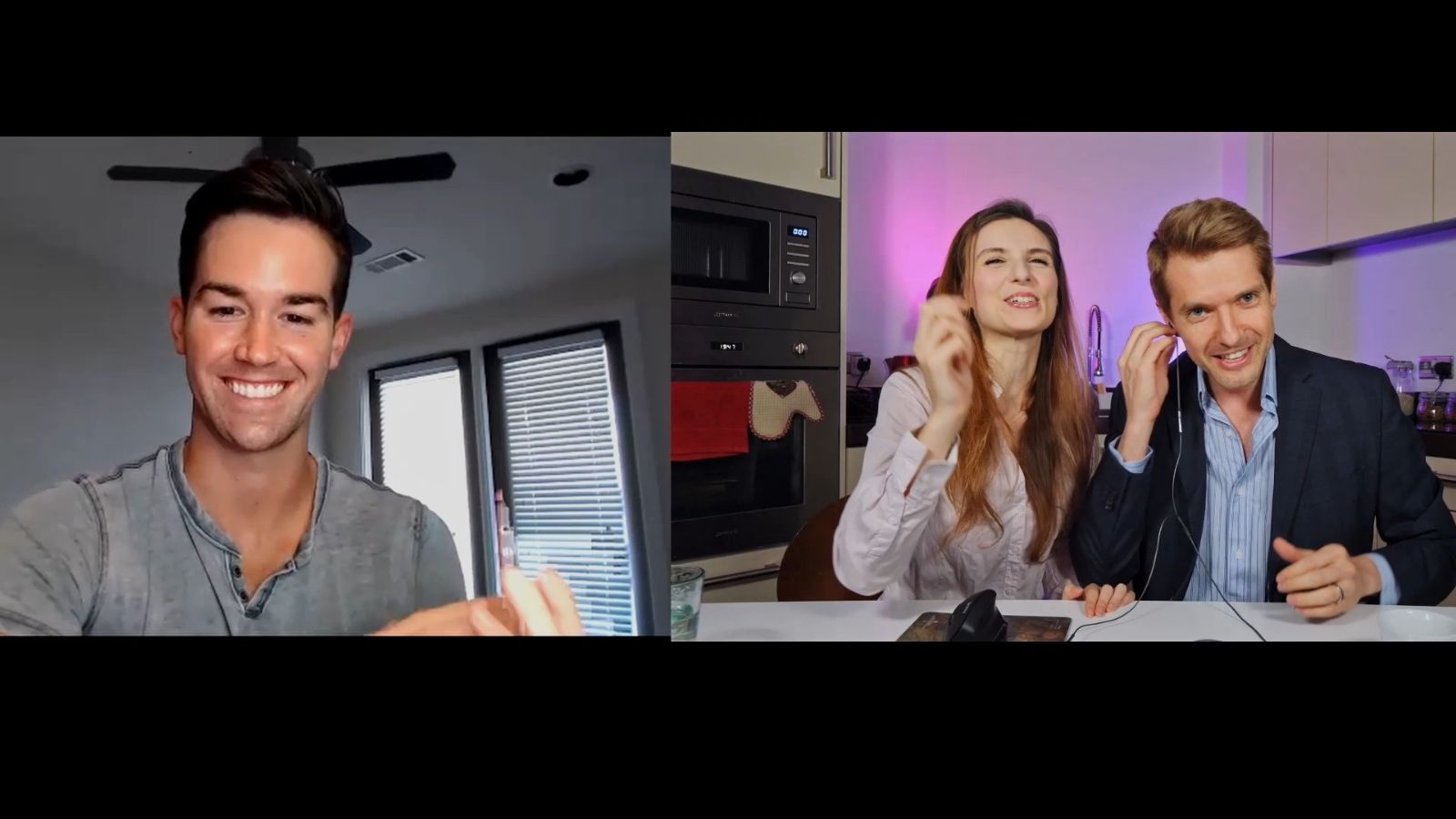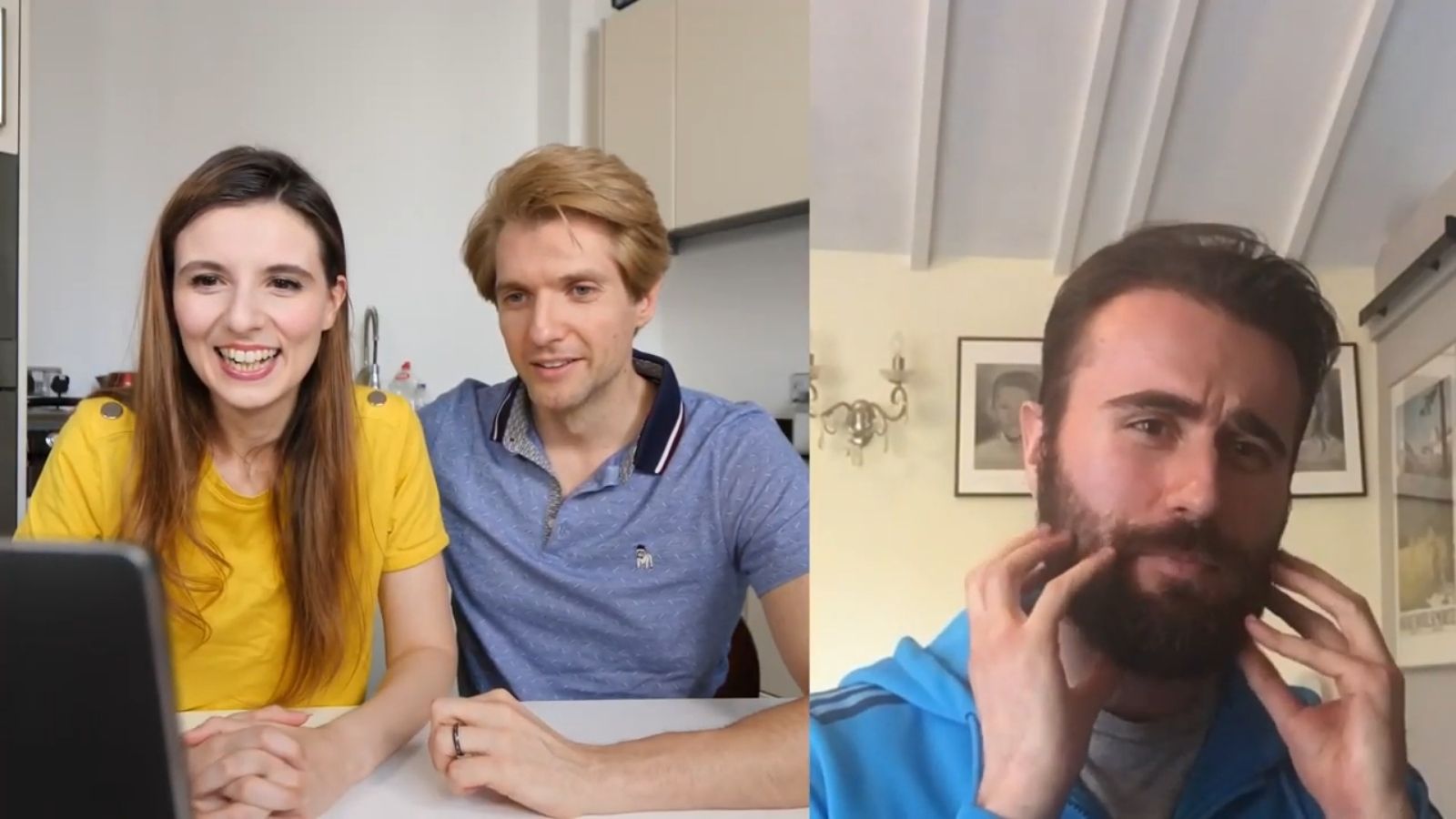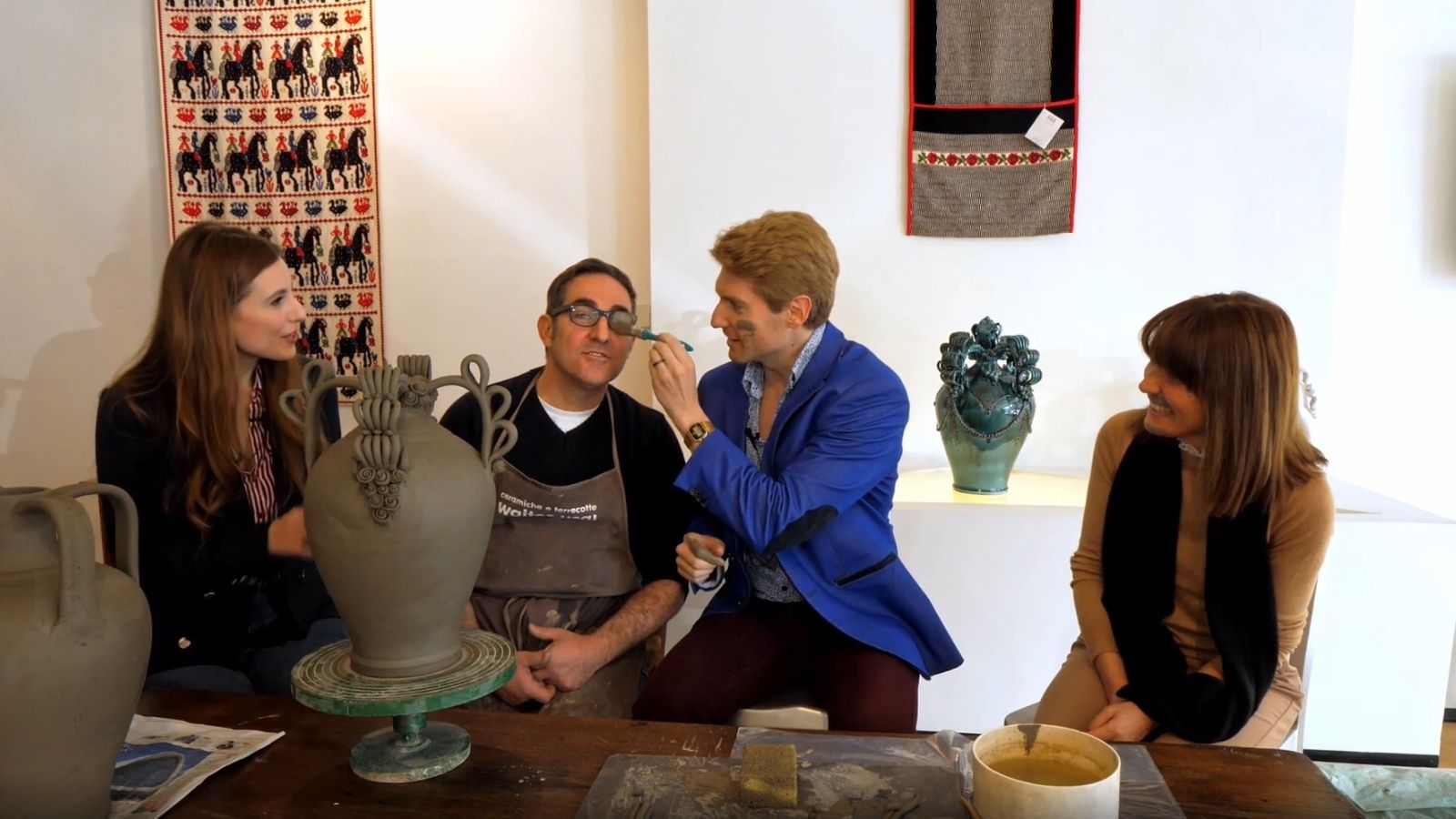
Fri, 22 July 2022 - By Marco Biagioli and Erica Melargo
Elimination Square
The presenters have reached the end of their tour in Cagliari. Though filled with a sense of sadness that their tour in Cagliari concludes, I am still excited to see what awaits in this town. The delightful opening visuals of the tranquil balconies overlooking the hills and the beams of constant sunlight basking the town in a heavenly glow helped me feel better about the amount of knowledge obtained from the culture, interviews and shots of the envious architecture of the town.
The town has a rich sense of history as Marco and Erica explain how the square has evolved over time. The name of the square was changed while under Spanish rule and subsequently in the 16th century beheadings of nobles were commonplace. This was a popular tactic that was used throughout Europe, (especially during the French Renaissance with the use of guillotines), to punish those for crimes deemed horrific such as murder and minor such as theft. It also instilled fear and loyalty in people.
Marco and Erica comically run in tandem over to the statue to interview Barbara and Chiara, (underneath where the statue was bought over and erected during the 1920s), two residents of Cagliari who again capture the spirit and energy of the town. Everyone thus far that have been interviewed are so nice in Cagliari, living in London I think we could all learn to be more open and welcoming like the Sardinians. The banter is hearty and they get along well with the presenters. Proving once again that they have chemistry with everyone they meet and are able to converse with people on any topic.
Feng Shui
Stepping into an art gallery, it is filled with pottery, rugs and masks (that made me think of the paintings from the masquerade balls that took place in the Italian renaissance). The rugs on display, from the south of Sardinia, have detailed and intricately woven patterns with rich history. Talking to the two art assistants, they reveal the story behind them. The colourful rugs would often be gifted as a wedding gift, being a pivotal piece of furniture, it is often a staple piece that can either make a room feel more put together or can disastrously stand out if it doesn’t blend well.
Patrick Swayze Moment
They are then immersed into the therapeutic world of pottery. Talking to a potter, I was waiting for Marco and Erica’s “Patrick Swayze moment” from the film Ghost. I almost expected Unchained Melody by The Righteous Brothers to start playing, the pottery wheel to churn and the lights to dim. But alas, they didn’t. Maybe they can shoot a sequel to Ghost themselves and make it happen? I speak not just for myself, but for the viewers, (as the saying goes- “the customer is always right”).
Marco dives right into the pottery, grabbing a paintbrush and spreading clay on his face as well as one of the art assistants, giving her an excellent clay goatee (if I do say so myself). Walter, the potter they interview, suffers the wrath of Marco’s clay carnage and his glasses get glossed over by the clay paintbrush. Removing his glasses, his sight returns and he shows them how his process starts- by rolling balls of clay together that are the same size.
Walter’s start into the trade was through his family. Starting when he was 13, he studied it thoroughly, perfecting his craft. He specialises in making clay vases, with the process of constructing and baking the clay vases taking 5-6 hours.
The results are phenomenal, with each vase being unique and differentiating from one another. His signature style is weaved into every vase he makes. Even the vases he presented to Marco and Erica, (which were molded and designed but not yet baked), were impressive.
Cuisine, Cocktails And Couscous
The final day in town means a special trip is in order for the presenters. They visit the four star T Hotel, with its staple feature being the outdoor restaurant dining area surrounded by a picturesque swimming pool, which I’m sure a few waiters and guests have taken a tumble into, (I would have dived in, it looks too enticing).
They venture into the kitchen for a final cooking tutorial and interview with a chef at the hotel named Emanuele. They are going to make a classic Cagliari couscous, however with Marco twirling the knives in a dangerous manner imagining himself to be an expert knife thrower, I think they’ll find a special meaty finger surprise in the couscous, (giving it that extra crunch).
The Maori chef wields the knives with grace and speed; chopping, dicing and stirring the ingredients like a conductor orchestrates a symphony. Marco asking the question the viewers must have been thinking- do the skills attract the women? The chef cheekily grins and proclaims “wow”. When asked if he loves Marco, let’s say he strongly disagreed, (I guess Marco now wants to play matchmaker with himself, poor Erica).
The presenters retire to the lounge and are seated next to the window waiting for Emmanuel to complete the meal. Arriving with plates in hand, they are finally ready to eat, complemented with a bottle of Castra Rubra Cabernet Sauvignon. When jokingly asked if Emmanuel wants to come work for them as their own private chef, he politely declines, declaring that he only works for the T Hotel, (be careful not to drink too much Marco or you’ll have to be carried home, maybe by Emmanuel).
Priest For Time
The day turns to night and the fairy lights turn on in the square. Standing outside a church hall, they interview a traditional Sardinian priest sporting formal white and blue robes that looks slightly perplexed as to why they are there. However, he has to run back to the festivities.
Cagliari Closure
As I searched through the episodes to continue with the series, I came to the realization that this is the final episode that Marco and Erica will be spending in the town of Cagliari. I felt like I had only had a glimpse into what Cagliari was like.
The past four days they’ve spent in Cagliari have only felt like the “tip of the iceberg” and left me with a sense of longing for more. I wanted to explore more of the town, and hoped they would have delved more into Cagliari’s creative culture such as with its music and art. As I’ve watched each episode, I’ve noticed the most prevalent piece of artwork are the statues, which subsequently left me ruminating on these questions: What type of music is popular in Cagliari? What artwork is representative of the town? Do any music festivals or art exhibitions happen? If so, what type of festivals are they and what sort of age group attends?
The final two segments in the Humans Of The World series will take place in the western town of Bosa. Perhaps my lingering questions about the creative side of Sardinia will be answered in those segments.
I am looking forward to exploring Bosa in the final two segments and am intrigued to find out how the West coast town of Bosa differs from the Southern town of Cagliari and can’t wait to explore the town and get immersed in it. I already have a feeling I will fall in love with the town of Bosa. Maybe the viewers at home will prefer the bustling town of Cagliari compared to Bosa?

